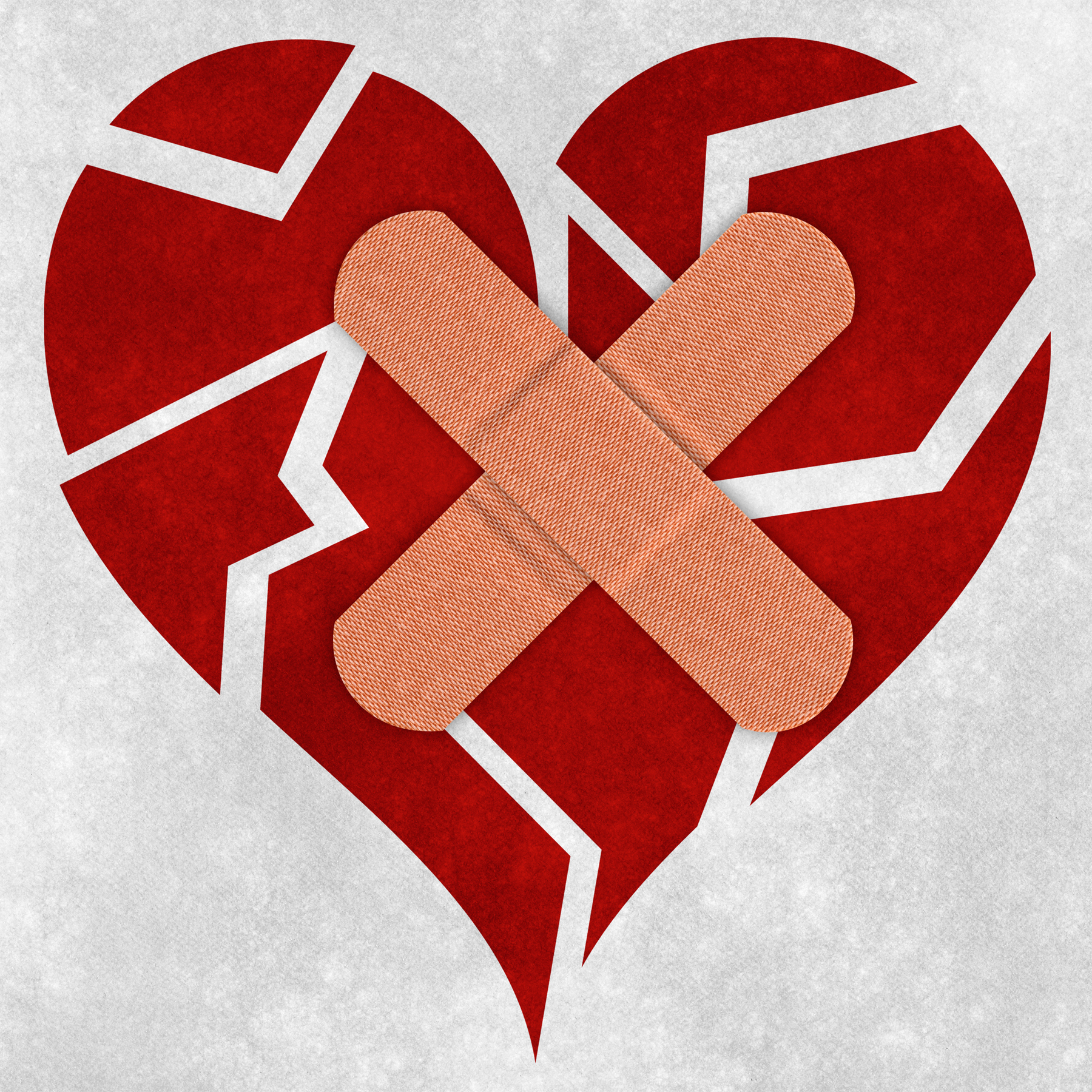
Cardiogenic shock is defined as "a disease state where the heart is damaged enough that it is unable to supply sufficient blood to the body." Sometimes simply referred to as "shock", this takes place when the heart for whatever reason is not capable of pumping enough blood supply to the rest of the body to fulfill its needs. Cardiogenic shock can come about by a variety of disorders of the heart valves, the heart muscles, or sometimes even the electrical conduction system of the heart. There are some other heart disorders that are closely related to cardiogenic shock and these include heart failure, heart attack, the rupture of the heart, cardiomyopathy, heart valve disorders (in particular, when there are leaky valves in the heart) and abnormal heart rhythms.
There are a number of symptoms that can accompany cardiogenic shock, however some patients suffer a few of these while some suffer many. Symptoms include a rapid pulse, a weak pulse (sometimes referred to as thready), breathing that is rapid, anxiety or extreme nervousness, skin that feels cool to the touch and a decreased mental status. Other symptoms include feelings of fatigue, lethargy or general weakness of the body, loss of alertness, loss of the ability to think clearly and concentrate, feelings of restlessness, confusion and agitation, skin that has turned very pale or mottled, moist skin and a tremendous amount of sweating and little if any urine output. Some patients suffering from cardiogenic shock can slip into a coma very easily.
If cardiogenic shock is suspected a doctor will do a blood pressure examination on the patient to determine if the person has low blood pressure, which would be less than 90 for the systolic reading. Also if the person's blood pressure decreases more than 10 points when they attempt to stand up after lying down for a time this is known as orthostatic hypotension. When this occurs the individual's pulse may be extremely weak or almost completely non-existent.
In order to properly diagnose cardiogenic shock, a catheter will need to be placed in the patient's pulmonary artery and measurements will have to be calculated. If the measurements show that blood is backing up and making its way into the lungs and that the heart's ability to pump blood is poo,r then a diagnosis of cardiogenic shock can be made.
Tests that are often used on patients suffering from cardiogenic shock include coronary angiography, electrocardiogram, echocardiogram and nuclear scans. Sometimes even more tests will need to be conducted to further test how poorly the heart is pumping blood throughout the body. Some commonly used laboratory tests include CBC, arterial blood gas, typing and then cross-matching blood in case a transfusion is necessary and lastly, the chemistry of blood which includes chem.-7, chem.-20, electrolytes and cardiac enzymes.
More Notes on Cardiogenic Shock
Signs of cardiogenic shock in children and infants may include those associated with hypovolemic shock. Additional signs, specific to the cardiogenic effects, may also be present. These signs include hepatomegaly (enlarged liver), cardiac murmurs, increased respiratory effort, gallop and precordial heave and cyanosis (a blue coloration of the skin and mucous membranes caused by lack of oxygen). Cardiomegaly (enlarged heart) may also be seen on a chest x-ray, while an echocardiograph may indicate cardiac hypertrophy (thickening of the heart muscle.
A heart attack is an all-too-familiar term that describes a condition that occurs when the flow of blood is cut off to the heart. A heart attack can cause cardiogenic shock if blood flow to the brain, kidneys, or other organs is cut off.
Cardiogenic shock is characterized by inadequate tissue perfusion, which is due to myocardial dysfunction. Though the dysfunction may be caused by heart disease or an arrhythmia, congenital heart disease is the most common cause of cardiogenic shock in children.
It is possible for cardiogenic pulmonary edema to occur together with cardiogenic shock, in which the cardiac output is insufficient to sustain an adequate blood pressure. This can be treated with inotropic agents or by intra-aortic balloon pump, but this is regarded as temporary treatment while the underlying cause is addressed.
If a structural disorder is causing cardiogenic shock, they are repaired surgically. These may include septal rupture or dysfunction of the valves. Thrombosis of the coronary arteries is treated usually with angioplasty or stenting, coronary artery bypass grafting, or thrombolysis. Arrhythmias are treated medically or with cardioversion, if indicated.
|
|
Cardiogenic shock constitutes a medical emergency and the treatment necessitates a trip to the hospital. Cardiogenic shock can prove fatal, if not treated immediately. It is also important for medical professionals to determine what is causing the cardiogenic shock to take place.
Cardiogenic Shock Related Items For Sale
[phpbay]Cardiogenic Shock, 4, “”, “”[/phpbay] [phpbay]heart health, 13, “”, “”[/phpbay]
Shock Explained Clearly!
Understand shock (cardiogenic, hypovolemic, and septic) with this clear explanation from Dr. Roger Seheult. MedCram: Medical Topics Explained Clearly by Worl…
Read more …